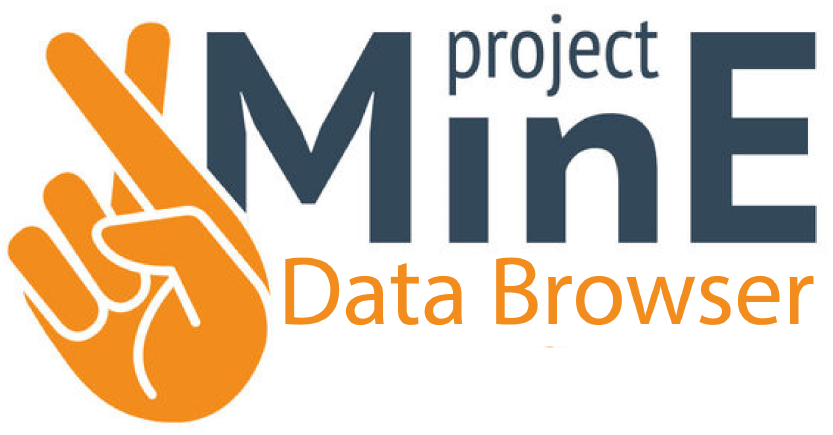
4366
DATAFREEZE 1 WGS CASES
1832
DATAFREEZE 1 WGS CONTROLS
6538
DATAFREEZE 2 WGS CASES
2415
DATAFREEZE 2 WGS CONTROLS
15000
GOAL TO WGS PATIENTS
7500
GOAL TO WGS CONTROLS
The figure you see below shows the exons (orange blocks) in this gene with the variants (triangles) that were observed in the current dataset. Please hover over the variants for more information. If you are interested, you can zoom in by clicking and draging your mouse across the x-axis.
Various subsets of variants can be made (e.g. MAF<1%, MAF<0.5% or only those variants that were not observed in ExAC).
There is a tradeoff between including more variants, which might yield higher statistical power to detect association, and including to much noise and therefor reduce power. We have performed firth logistic regression on only disruptive variants (fewer variants, but hopefully a good signal to noise ratio), on disruptive + damaging variants and disruptive + damaging + missense-non-damaging variants (many variants, more noise). You can select which subset you are interested in.
If you have selected the subset of variants that you are interested in, then the genic burden plot will be updated. The mini-manhattan plots, which you can see below the genic burden pot, for Family-wise, pathways and drugable categories will be updated as well. For more information on those plots, please see the background infomation on each of the tabs.
Project MinE - WGS Data Freeze 2
Burden Testing
Burden
Genic
FAQ
Download
Terms of Use
Project MinE has made the full results from all published Project MinE studies available for download. If you download these data, you and your immediate collaborators (“investigators”) acknowledge and agree to all of the following conditions:
1) These data are provided on an "AS-IS" basis, without warranty of any type, expressed or implied, including but not limited to any warranty as to their performance, merchantability, or fitness for any particular purpose;
2) Investigators will use these results for scientific research and educational use only;
3) Downloaded Project MinE results can be shared among collaborators but the reposting or public distribution of Project MinE results files is prohibited;
4) Investigators certify that they are in compliance with all applicable local, state, and federal laws or regulations and institutional policies regarding human subjects and genetics research;
5) Investigators will cite the appropriate Project MinE publication(s) in any communications or publications arising directly or indirectly from these data;
6) For utilization of data available prior to publication, investigators will respect the requested responsibilities of resource users under 2003 Fort Lauderdale principles, which is detailed in the README file associated with the data set; and
7) Investigators will never attempt to identify any participant.
If investigators use these data, any and all consequences are entirely their responsibility.
To download data:
Please indicate your name
Please indicate a valid email address
Please indicate your institute
Agree to the terms and you will be able to download the data corresponding to each paper.